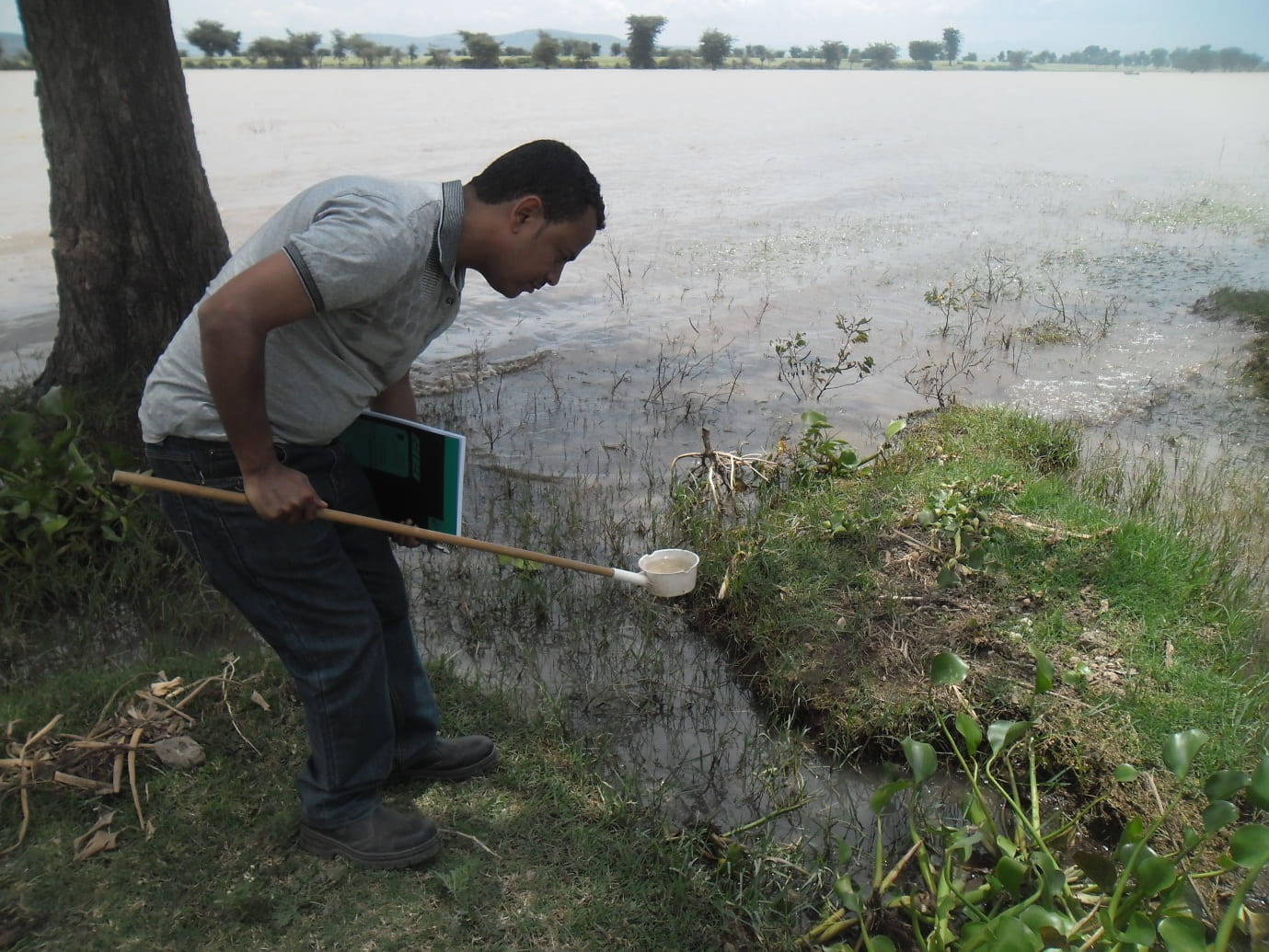Dam-related malaria risk in sub-Saharan Africa to almost double by 2080, UCI study finds

The number of people at risk of malaria around dams and associated reservoirs in sub-Saharan Africa will nearly double to about 25 million by 2080, according to a study led by Solomon Kibret, a UCI postdoctoral scholar in public health. Undertaken as part of the CGIAR Research Program on Water, Land & Ecosystems, the work built on research published last year establishing that the cumulative impact of large dams on malaria today, under current conditions, is just over 1 million cases per year in Africa. The new study determined future malaria transmission, accounting for the possible implications of climate change and population rise. It found that more than half of dams currently located in areas without malaria will, thanks to climate change, transition into zones of malaria transmission. In recent years, sub-Saharan Africa has embarked on a new era of dam construction to promote economic growth, alleviate poverty, and ensure food and water security. Improved water storage for burgeoning populations, irrigation and hydropower generation are badly needed on the fast-developing continent. But Kibret and his fellow researchers warn that without a much greater disease mitigation effort, building new dams will likely add to the malaria burden. Study results appear in Malaria Journal.